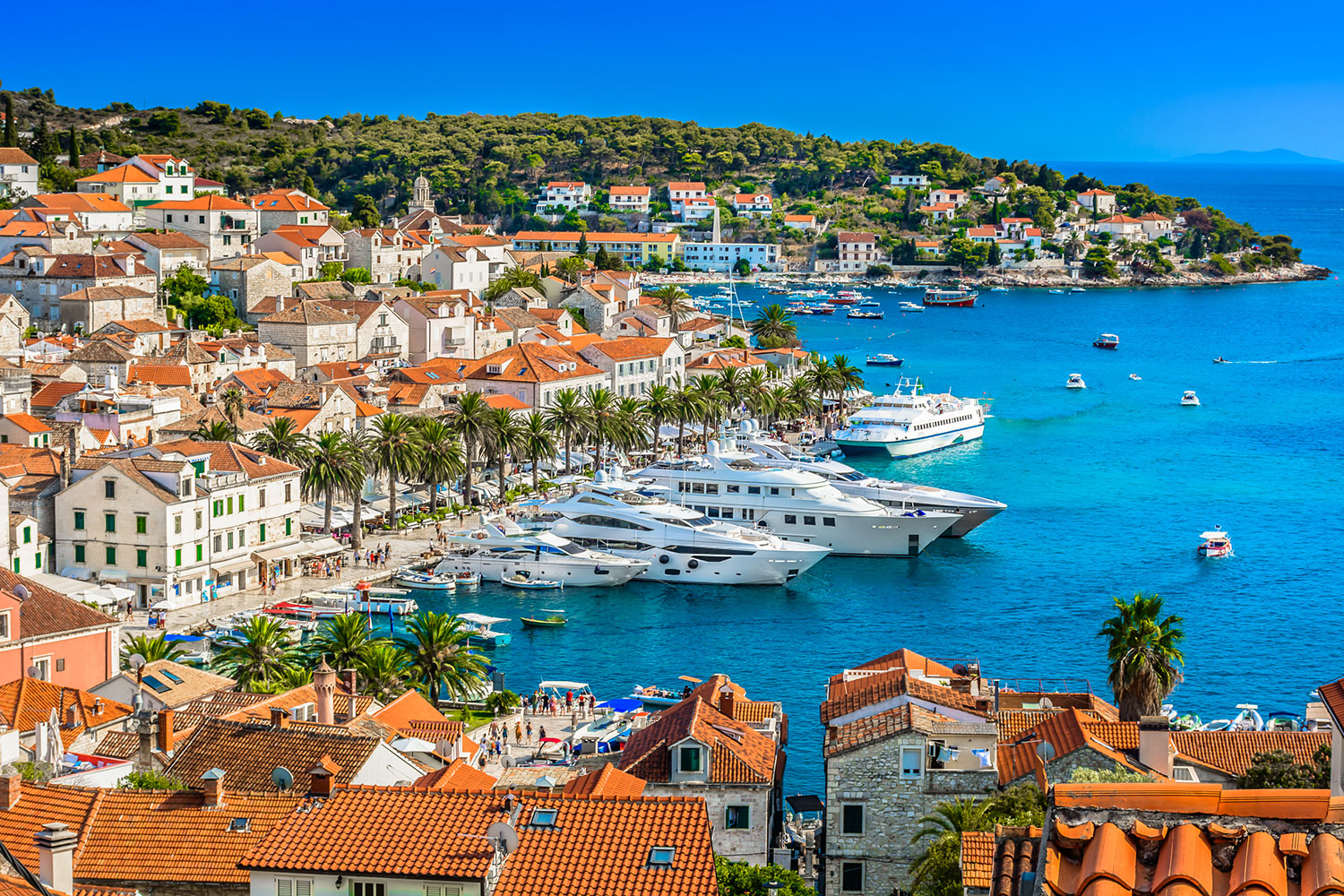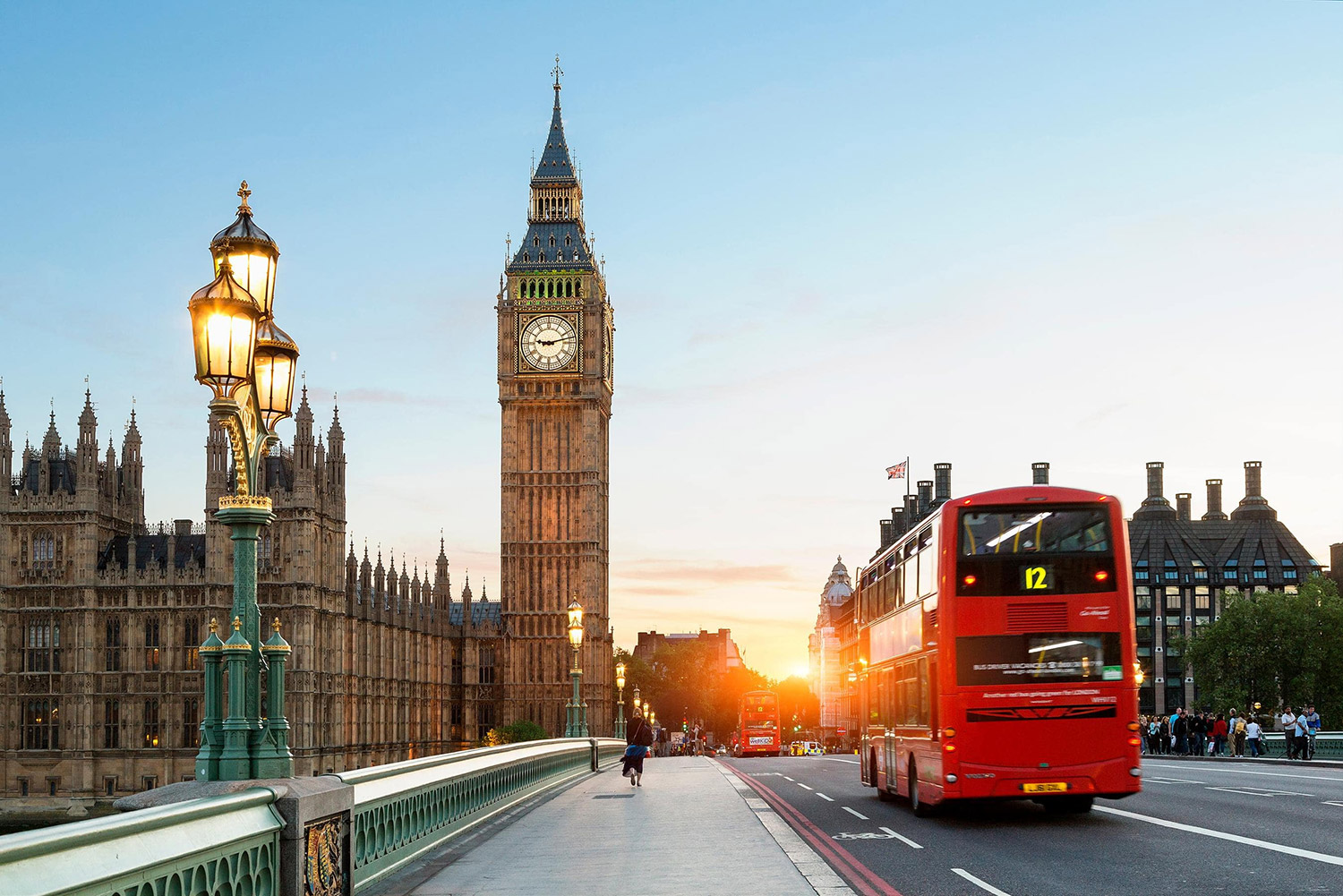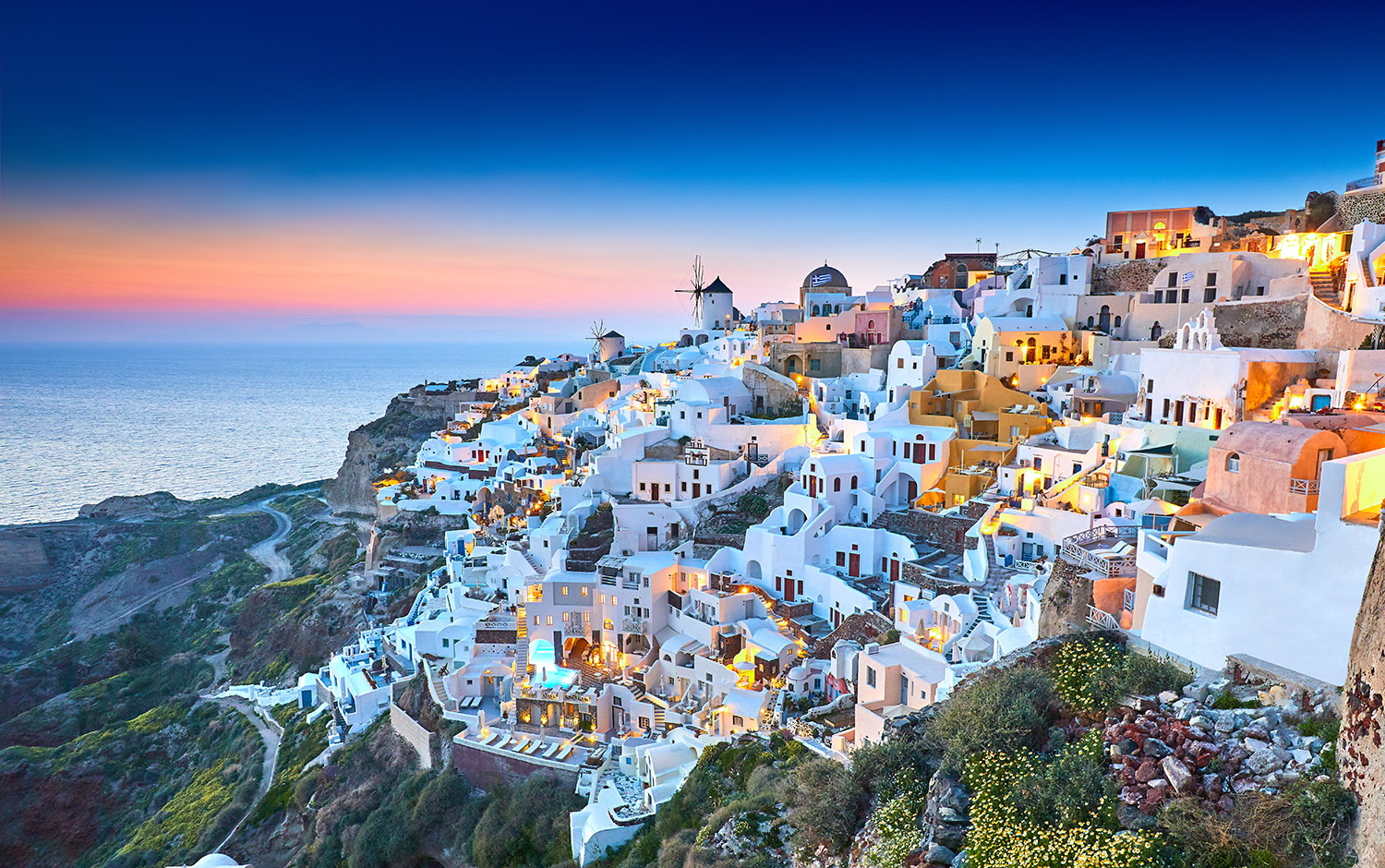Need a holiday, but not exactly sure when your annual leave will be approved? Here are seven of the most popular vacation destinations in the world – and the best time to visit every one of them.

INDIA
With an area of 3.287 million km² and terrain where the mountains, jungles, rivers and canals, jostle for tourist attention there truly is never a bad time to visit this populous country in South Asia. However, to maximise the enjoyment of your experience a little strategic geographical planning is highly encouraged! November to February technically welcomes the winter weather. However, with 90 per cent of the country actually encountering pleasant conditions during these months it is generally the most popular time to travel. Must-see sites include the Golden Triangle cities of Delhi, Agra and Jaipur, tropical Goa as well as the snow-clad Himalayas.
Travellers between March to May will observe an Indian summer. And with temperatures in most regions of the country soaring during this period (hitting uncomfortable peaks of up to 40 degrees!), it’s also an opportune time to head to the Kashmir region for adventures such as camping, trekking and river rafting, as well the opportunities for native animal spotting in parks and wildlife sanctuaries. And although June to October marks monsoon season throughout most of the country – and is better avoided – July in Ladakh is beautiful, and September in Kerala provides a break from the rainy season and is a superb time to escape to its backwaters and emerald-green hill stations.

CROATIA
Most travellers flock to Croatia in July and August to partake in its hedonistic beach parties and summer festivals across Hvar, Split and Brac.
But, those hoping to enjoy the Adriatic nation’s sunny islands will also find them, should they visit in May or June – which average an almost-as-impressive 12 hours of sunshine a day. And conveniently do so without forsaking the county’s other attractions which include the walled city of Dubrovnik (where key scenes from Game of Thrones were filmed), the cafe culture of the capital Zagreb, a thriving cuisine scene in Korcula, and the Unesco-listed Plitvice Lakes. September and October also provide excellent conditions – minus most of the crowds – for sun lovers.

UK
England, North Ireland, Scotland and Wales are best enjoyed in spring, with the months of April and May marked by landscapes flourishing with exquisite gardens full of tulips, narcissus, and lupins. However, autumn – and even winter – also offer some unique seasonal opportunities such as football matches and Christmas markets in England, Atlantic puffins and baby lambs roaming the fields in Wales and New Years celebrations as well as the possibility of occasional illumination by the Northern Lights in Scotland. Worried about the weather? Don’t let a little drizzle rain on your parade. Simply make like a local and pack an umbrella and gumboots so you can enjoy everything on offer in the United Kingdom – rain, hail or sun-attempting-to shine!

SRI LANKA
The seasons in Sri Lanka are dictated by monsoonal winds. However, because their occurrences alternate between the west and south coast, the central hills and the eastern and northern areas of the island, you will generally always find somewhere dry and sunny to spend your travels. The best time to visit the west and south coasts is from December to March.
Travellers to this region – which includes Galle and the capital Colombo – will be spoilt with pristine beaches, the opportunities to spot migrating blue whales and Sri Lankan-style city living. Similarly, those who head to the hills – the mountainous area which includes Nuwara Eliya and the cultural triangle that is ancient Sigiriya, Dambulla and the Sacred City of Kandy – will experience conditions which tend to be the sunniest and driest of the year. Is your only option an April to September escape? Don’t fret as this is actually the best time to visit the eastern and northern areas of the island.

MOROCCO
With traditional Northern Hemisphere summers from June to August and winters which last from December to February, the best times to travel to this exotic North African nation are truly dependent on your interests.
While the weather is admittedly very warm during the summer, Morocco’s close proximity to European countries like Spain, ensure it remains popular with tourists during this period. And although Marrakesh, Fez, and the southwest Morocco cities which border the Sahara desert are alluring options, a better bet would be the coastal destinations of Tangier, Rabat, and Essaouira who are kissed with a cool ocean breeze during these months. Travelling in winter?
Visiting these Moroccan cities in the winter can also be quite pleasant, as temperatures usually aren’t too cold and crowds are minimal. As an added bonus for cold-weather commuters there will be snowfall at higher elevations such as the Atlas Mountains (however temperatures do drop in the desert at night!). Those who have the luxury of choosing their preferred travel dates should opt for the country’s perma-mild shoulder seasons of March to May and September to November.

IRELAND
It takes more than an occasional shower to maintain the Emerald Isle’s signature green hills, so the truth is travellers should always come prepared with a raincoat. Even the relatively warmer summer days aren’t a guarantee against stormy skies! Nonetheless, the months of August and July are traditionally peak periods – with seaside spots particularly popular among both locals and visitors. To avoid the price hikes of this season plan to travel in spring and autumn – with these months providing pleasant conditions for outdoor activities like hillwalking and celebrating feasts like St. Patrick’s Day on March 17. While bitter cold winds and short winter days make travel between November to February less than desirable, there is always an excuse to spend plenty of time in cozy pubs!

GREECE
Budget, interests and personal tolerance for heat will dictate the answer to the common question of “the best time to visit Greece”. Those looking for the intoxicating combination of suntan/party to sunrise/sleep/repeat will easily find it during June/July and August/September, when popular destinations like Mykonos and Ios hit their peak. Or head to one of the lesser-known but equally beautiful isles of Serifos, Sikinos, Syros, Andros, Karpathos, Lemnos, or Astypalea for tan-time minus the tourists. Skip Athens which can be suffocatingly stuffy!
Alternately, for a quintessential island experience – that won’t blow the budget – consider travelling to Crete, Rhodes and Corfu which offer enticing low season (May and October) travel options – with year-round tourism infrastructure and plenty to do. With most hotels and restaurants in the islands closed from mid-November until April, it’s not the best time for a Greek island vacation.
However, Santorini is an exception with a few places remaining open so visitors can visit the picturesque cliff tops and caldera in peace. Winter may also be time to consider iconic Greek cities like Athens, Thessaloniki or Nafplio and famous archaeological sites like the Acropolis. While December to March is usually the coldest period (often accompanied by some rain and a little snow) hotels and restaurants in the mainland don’t close and everything is cheaper and less crowded.

